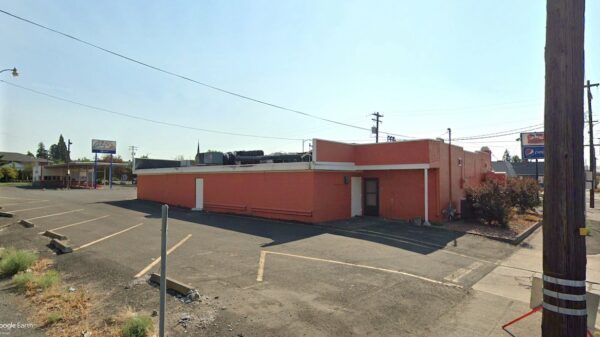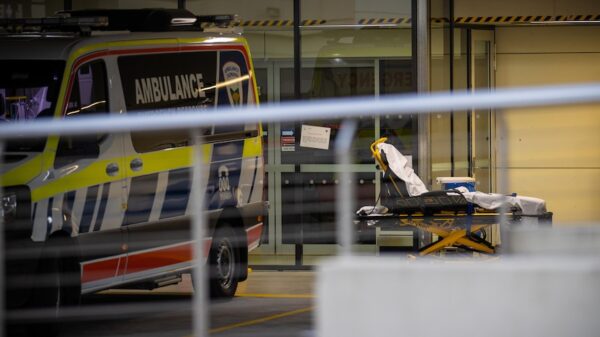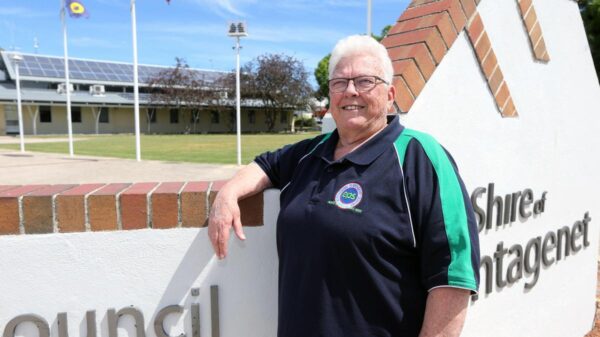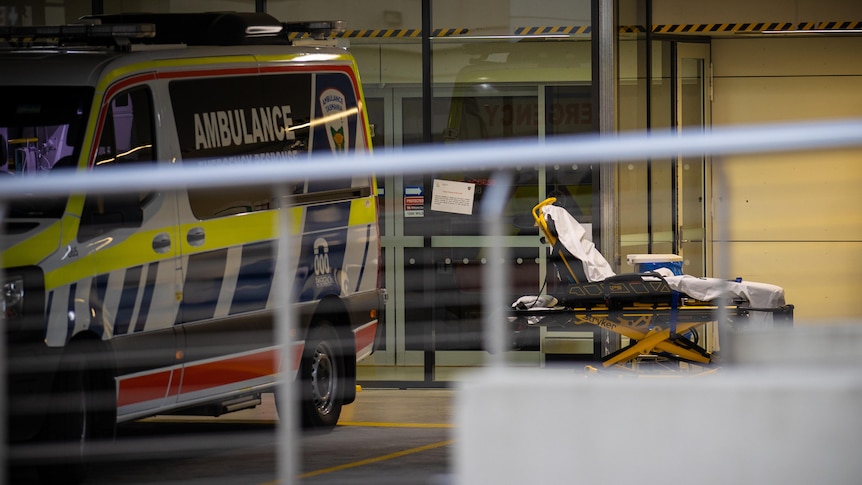Documents obtained through Right to Information laws have revealed that exhaust fans in patient bathrooms at Launceston General Hospital are being utilized to draw in cool air from air-conditioned corridors. This comes amid ongoing concerns about heat stress impacting patients and staff. The reports indicate that some wards lack any cooling provisions, with one air-conditioning unit reportedly in operation for nearly 50 years.
In January 2025, numerous former and current patients, alongside their families and staff, described “horrific” conditions within the hospital to the ABC, highlighting the urgent need for better climate control. As temperatures approached 30 degrees Celsius, patients received cold face washers and icy treats to alleviate discomfort. LGH workers even distributed Zooper Doopers as a form of protest against the inadequate air conditioning.
In response to widespread criticism regarding the hospital’s insufficient cooling measures, the Tasmanian government commissioned a report from engineering consultants ASC Engineering to address the situation. The draft report was submitted to the Department of Health on February 6, 2025, outlining necessary upgrades for temperature control in older sections of the hospital, along with a proposed timeline and cost estimates.
Assessment of Current Conditions
The engineering report assessed that many patient rooms had “excessive” and “uncontrollable” temperatures, with some areas equipped only with basic heating and ventilation systems, lacking any form of cooling. Built in the 1980s, certain wards, including those for stroke and medical patients, do not feature air conditioning. The analysis pointed out that several windows face the sun without shading, resulting in elevated temperatures inside patient rooms. Recorded glass surface temperatures reached as high as 30 degrees Celsius.
To upgrade air conditioning in Ward Block D and Obstetrics, the report estimated costs between $4.62 million and $5.09 million. The report emphasized that without a significant redesign, options for improvement are very limited due to the building’s age.
Proposed Solutions and Community Response
The report proposed installing new chilled and heating pipework, circulating pumps, and fan coil units to address the cooling issues. In 2024, the Tasmanian government allocated $4 million for the installation of ten chiller units throughout the hospital’s corridors to assist with climate control.
Furthermore, it recommended replacing an air-handling unit on level 7 that has been operational for 46 years. The urgency of the situation was highlighted, with the need for improvements to begin promptly to prevent similar conditions during the summer of 2025/26. The report suggested that upgrade packages should be tendered by March 2025, with a contractor selected by April 2025.
Community members expressed frustration over the unbearable heat patients faced, with reports of individuals using cold face washers and removing blankets in an attempt to stay cool. A risk assessment obtained by the ABC in December 2024 outlined the negative health impacts of excessive heat on both patients and hospital staff.
The Australian Nursing and Midwifery Federation has long deemed it unacceptable for patients at LGH to lack air conditioning, advocating for improvements for years. Among the suggested solutions were the provision of wet towels, bottled water, and icy poles during extreme weather, as well as the potential installation of portable air-conditioning units in corridors or window-mounted units in patient rooms.
As summer approaches, the Department of Health provided an update on air conditioning progress. By the end of January 2025, cooling systems in the first eight upgraded patient rooms on Ward 4O are expected to be completed, while two additional rooms will be ready by early 2026. Ultimately, half of the ward’s patient rooms will remain without air conditioning for the upcoming summer.
In D Block, which contains four levels with a total of 125 beds, only one floor will have air-conditioned patient rooms by February 2026. State Health Minister Bridget Archer stated that the works would be executed floor by floor, requiring patient and staff relocations prior to commencing each phase. The installation of ducted air conditioning in D Block is scheduled to begin in late October, starting with Ward 6D.
The Department of Health assured the public that upgrades to heating and cooling systems are progressing well, with plans to finalize arrangements for moving staff and equipment during the renovations.



































































